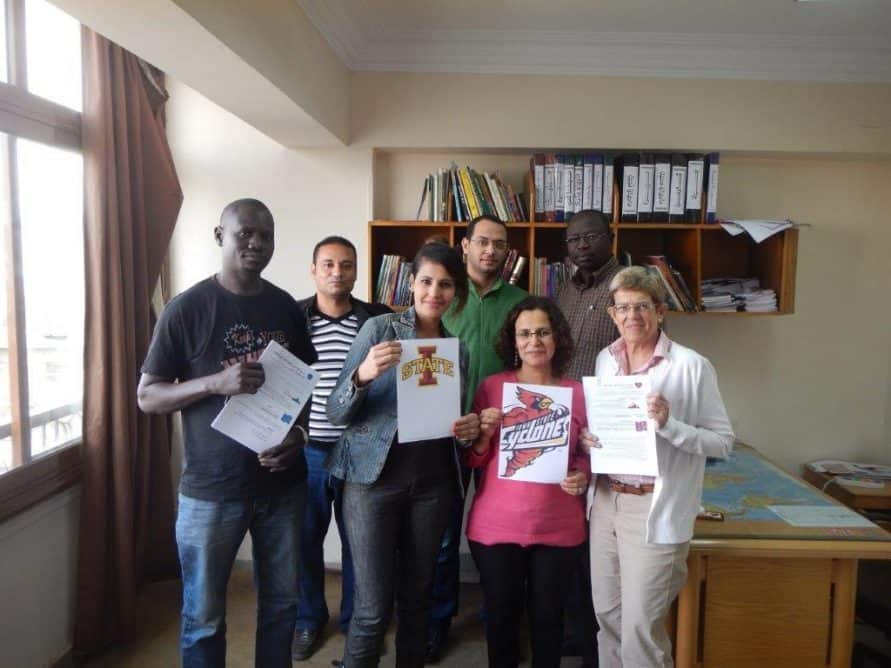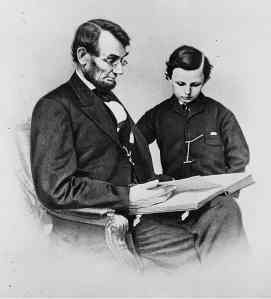The Global New Staff Training was designed with a Sample Curriculum that includes head, heart, and hands elements for each of the 39 Outcomes.
Each country or Area is encouraged to add outcomes and/or adjust the sample sessions to meet cultural, MCC, or other needs specific to its context.
Here is a great post from Barb Brown about how they adapted the sample curriculum sessions for the NAME Area:
About a year and a half ago in NAME, we began to “culturize” or “Arabize” the NST curriculum. We were excited when the new curriculum came out and wanted to start using it as soon as possible.
But there was work to do.
After we evaluated our curriculum against the new desired outcomes, we began translating the new sessions, beginning with the ones with material not in the curriculum we had been using. We are fortunate to have one language across the area. Many of you know how much work it is to get the lessons translated – and that is just the beginning.
After a lot of the sessions were translated, I gathered a group of trainers to adapt the sessions to fit with NAME and also check the translation. I tried to get trainers from several countries involved, but we ended up with only Sudanese and Egyptians. We divided into groups of 3 or 4 to look at the lessons.
Working together for four days, we made a lot of progress. We really worked hard—all day and into the evening. We went through the lessons line by line. We not only culturized and checked the translation but also changed some verses for ones we thought fit better. This might not have been necessary, but it made the lessons “ours,” which is very important.
After doing this work, some things I think you need to look at are:
Case studies – Is the case reasonable for your culture? Some will only need small changes like names, places, or times, but for others, you will need to re-write much of it.
Action points – Are they suitable? Can they be done in your location and situation?
Articles from native speakers, videos, and internet sites in your language – It may not be easy to find things that really fit, but it is important to have some articles from native speakers, not just articles translated from English. Some sessions need videos, so again, look for ones that are in the native language, not just ones that are dubbed. This helps the training not seem “foreign” and speaks to the trainees more.
I also suggest doing the work in groups. Not only is it more fun, but you are more likely to end up with the right changes.
One of the benefits of adapting the lessons is that you have a group of trainers excited about the new curriculum because they were involved in it. They read and discussed the sessions and so became very familiar with them. This is really an advantage because the new curriculum takes a lot of time from the trainer.
How have you made adaptations to improve the New Staff Training for your Area?
**Please feel free to write to Barb Brown for more information about their contextualization process.









4 thoughts on “How to Contextualize the New Staff Training”
Good and wise advice. We are going to think about it in D.R.Congo for the next Staff Training.
It takes time but is worth the effort.
Great post Barb. Wow, Iowa State must be proud! This is wonderful example of how to adapt the NST to your culture. I loved the part about working with a team and the alignment that occurs in the process. Well done!
Thanks Steve. I was surprised Terry used that picture. Working as a team was really helpful. It gives you a balance in any changes that are made. Also it caused good discussion about the lessons that made everyone think about them more and helped the group come up with something that was theirs and they wanted to use.